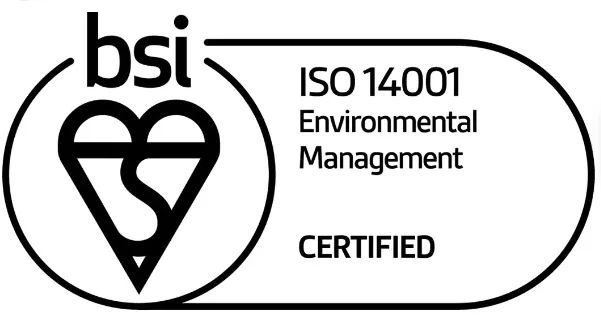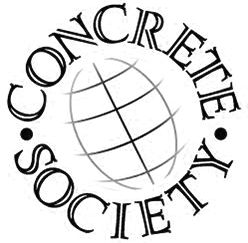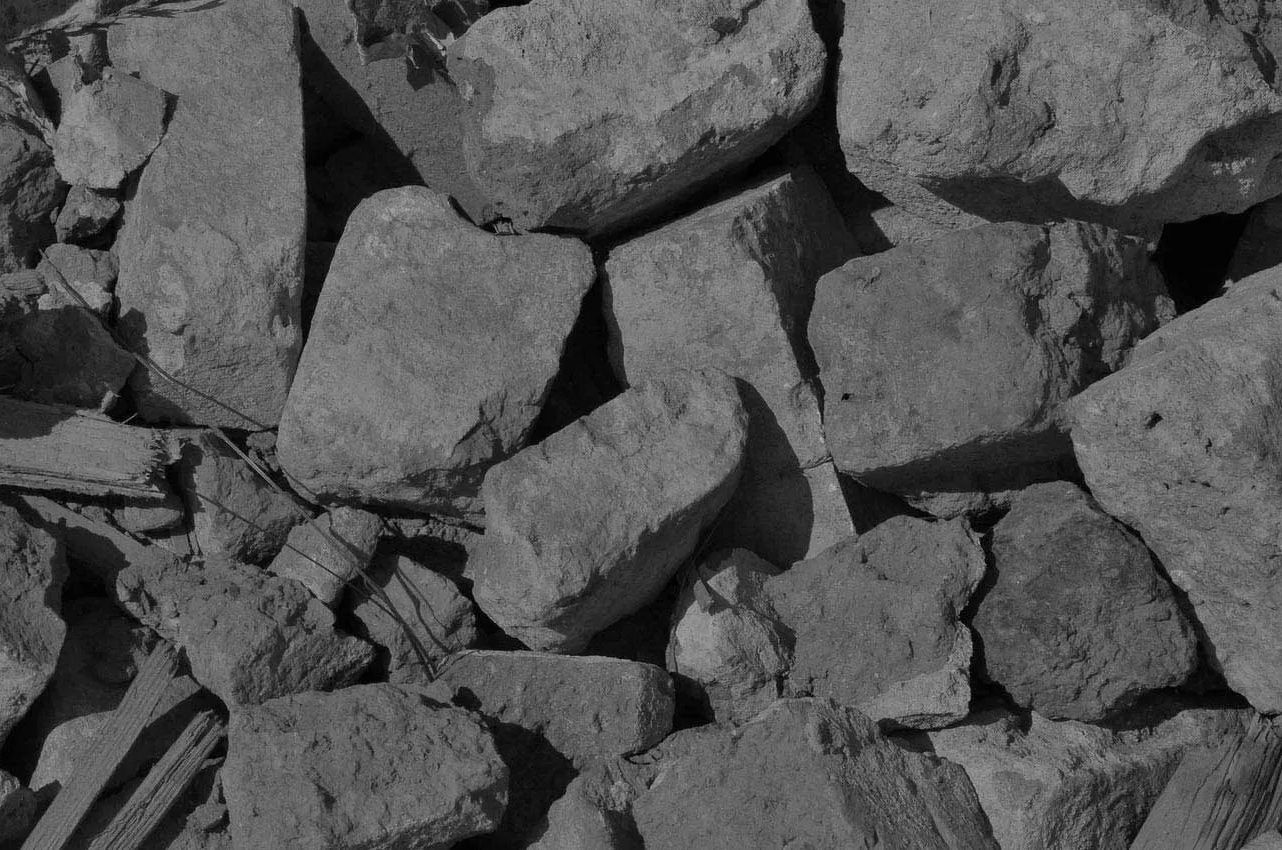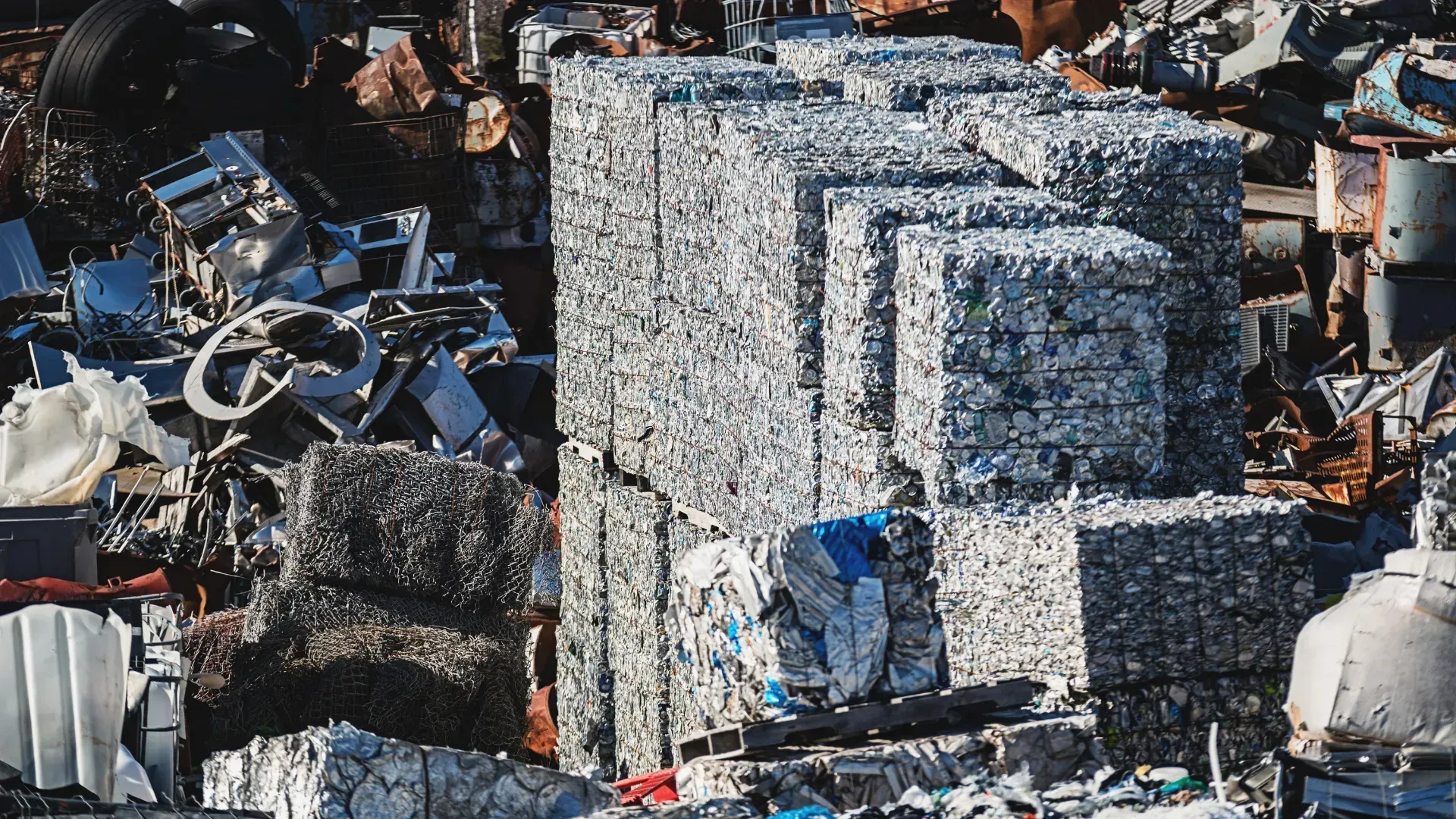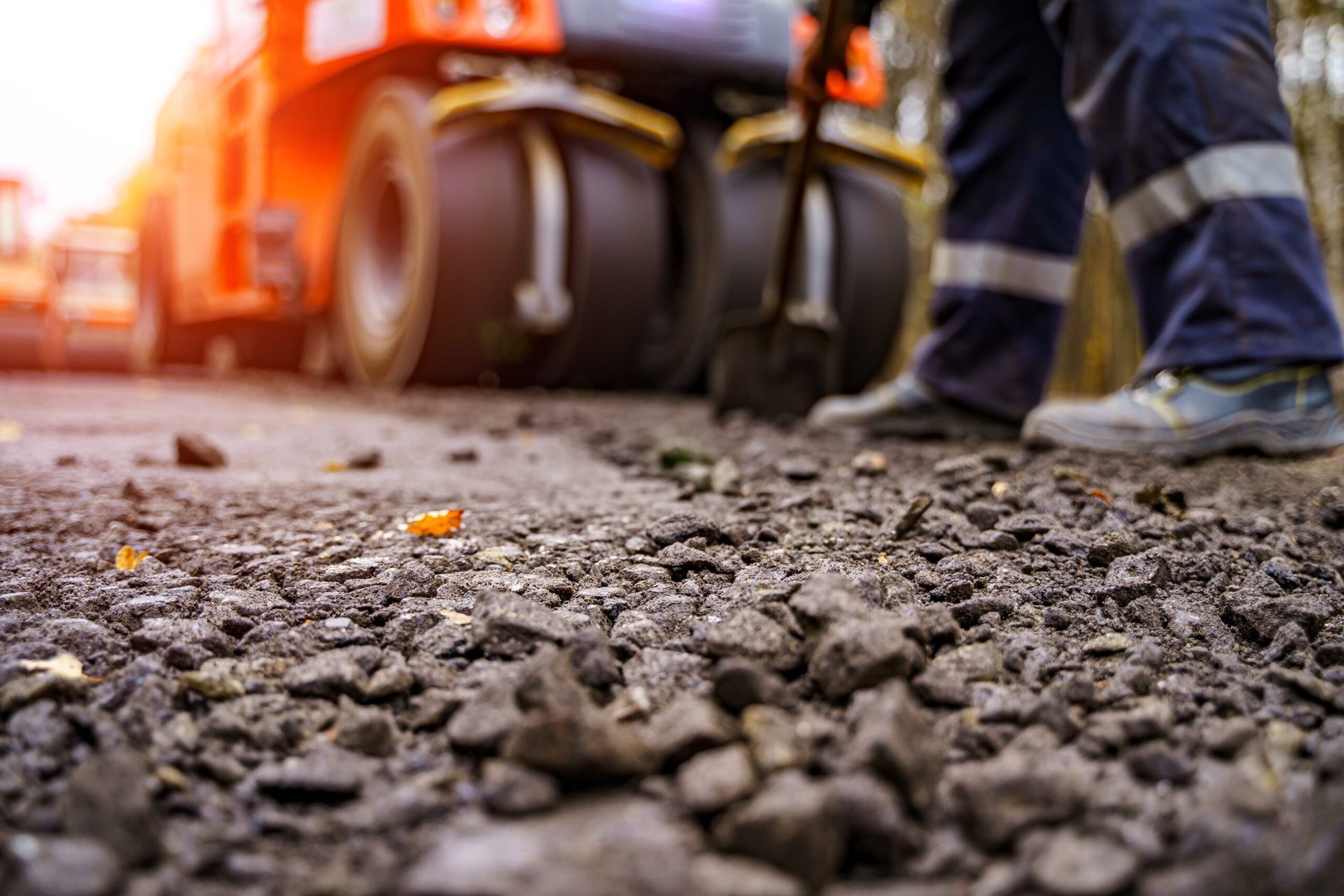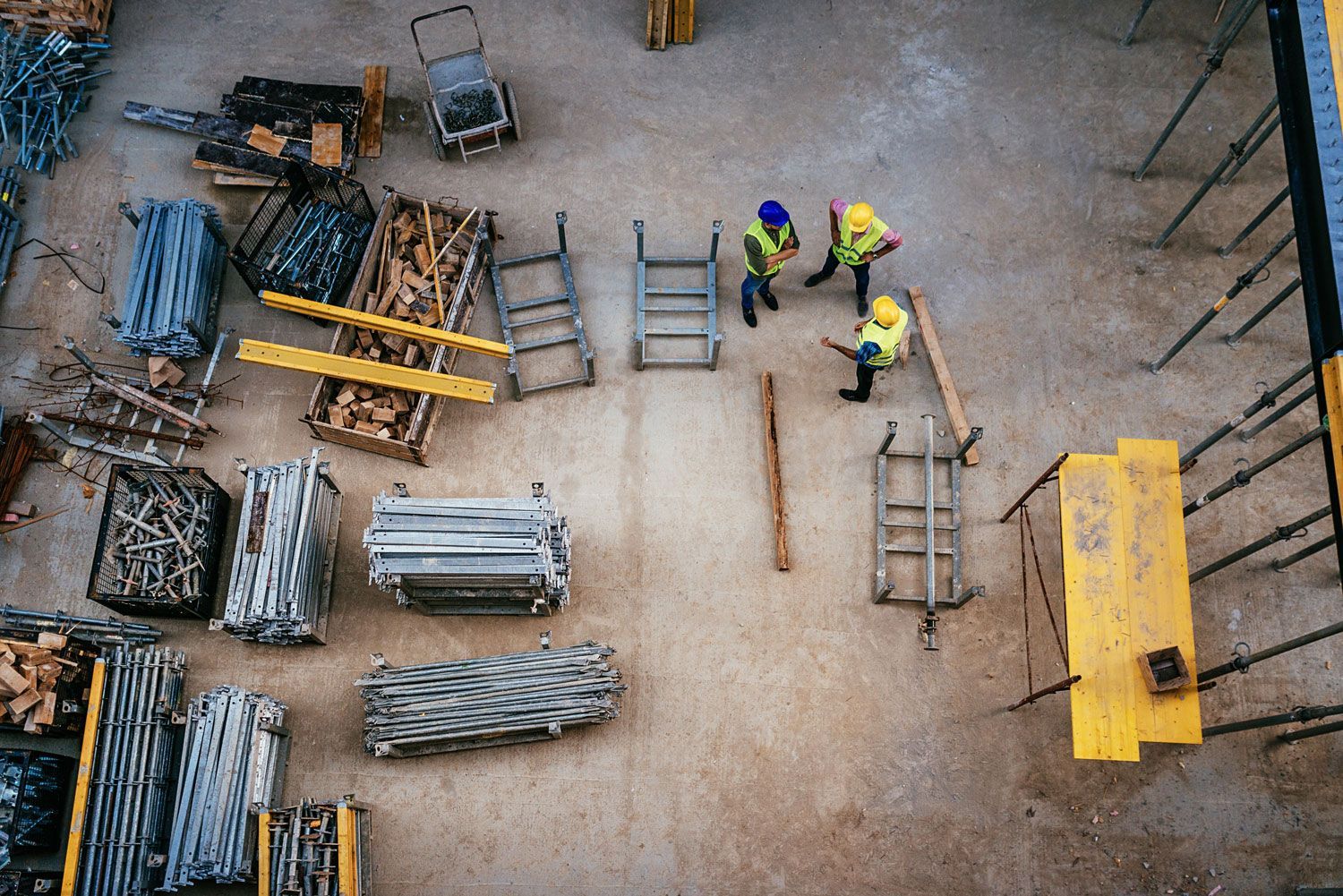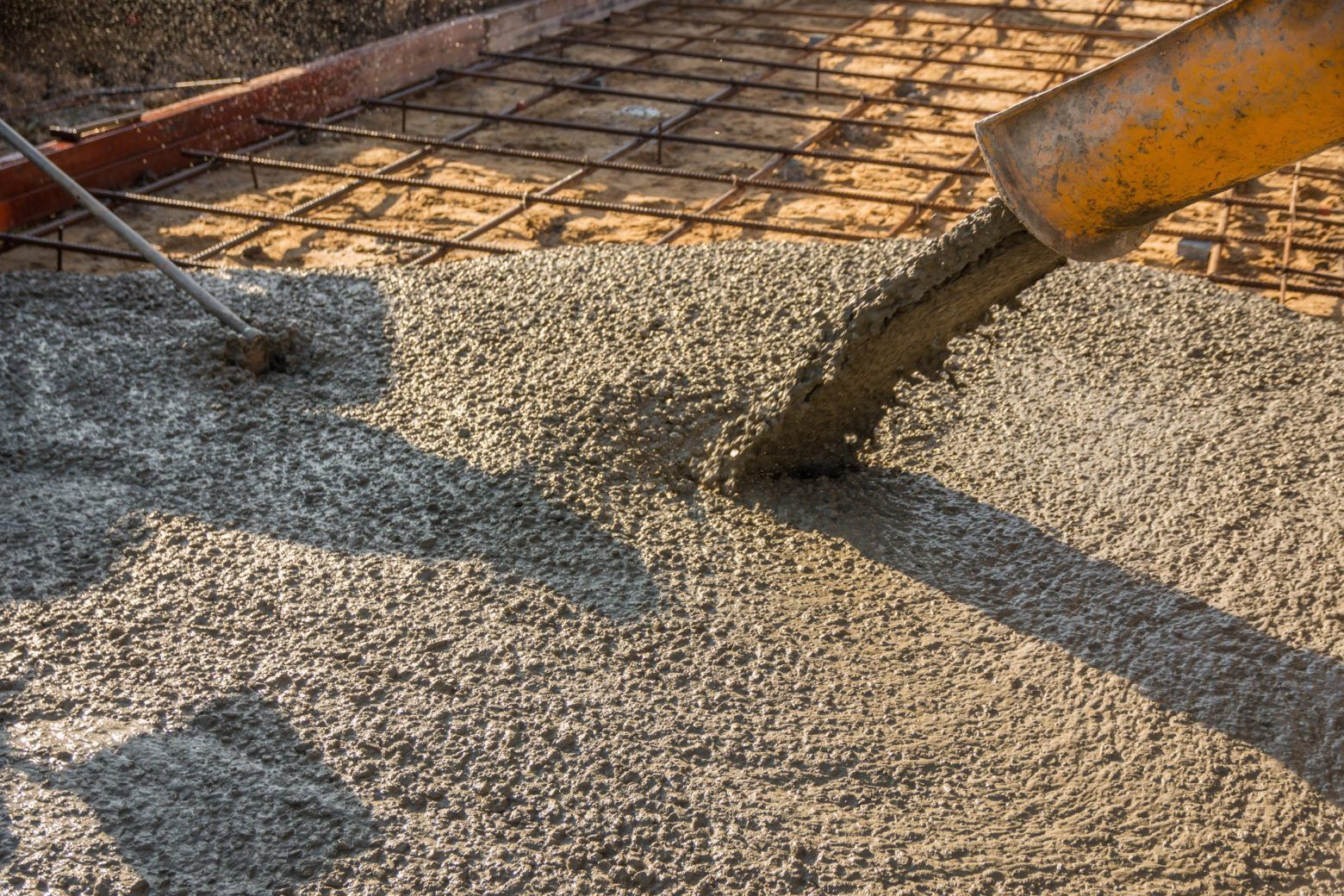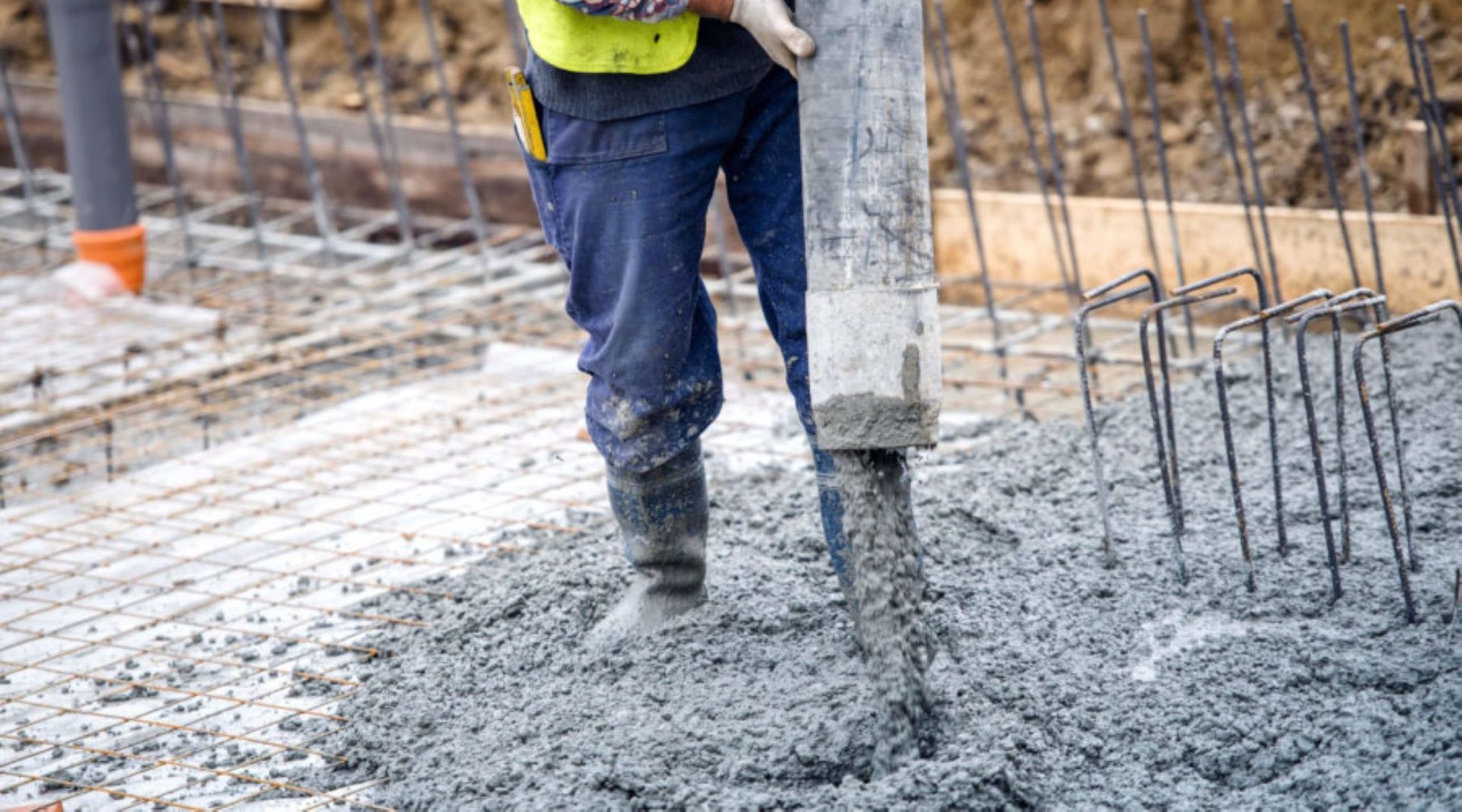Sustainable Concrete: The Future of Construction
The construction industry has long been a significant contributor to the world's carbon footprint, with traditional concrete production being a major contributor to this problem. However, as the need for sustainable and eco-friendly building solutions becomes more pressing, concrete suppliers are beginning to turn to sustainable concrete as a solution.
What is Sustainable Concrete?
Sustainable concrete is a type of concrete that is produced using environmentally friendly methods and materials. This can include using recycled materials, such as fly ash and slag, in the production process, as well as using more energy-efficient methods of production. Additionally, sustainable concrete can also be designed to have a lower carbon footprint throughout its lifecycle, including during construction, use, and demolition.
Why is Sustainable Concrete Important?
Traditional concrete production is a significant source of greenhouse gas emissions. The production of cement, a key ingredient in concrete, is responsible for around 8% of global CO2 emissions. Furthermore, the use of natural resources, such as limestone and water, in the production process can also have a significant environmental impact.
By using sustainable concrete, concrete suppliers can greatly reduce their environmental impact, while still providing the same level of durability and strength as traditional concrete. This not only helps to mitigate the effects of climate change but also helps to preserve natural resources for future generations.
Eco-Friendly Concrete: A Step Towards a Greener Future
Eco-friendly concrete is a subcategory of sustainable concrete that is specifically designed to have a minimal environmental impact. This can include using alternative binders, such as rice husk ash or natural fibres, in place of cement, as well as using locally sourced materials to reduce transportation emissions.
One example of eco-friendly concrete is "Green Concrete," which is made using industrial waste products such as fly ash and slag, as well as other waste materials like glass and plastic. This not only reduces the environmental impact of traditional concrete production but also helps to reduce waste and pollution.
Innovations in Sustainable Concrete Production
The construction industry is continuously exploring new and innovative ways to make concrete production more sustainable. One example is the use of carbon capture and storage technology, which captures the carbon dioxide emitted during cement production and stores it underground. This helps to reduce the carbon footprint of concrete production and also helps to mitigate the effects of climate change.
Another example is the use of 3D printing technology in construction. 3D printing allows for the precise and efficient production of complex concrete structures, reducing waste and energy consumption in the process.
The Future of Sustainable Concrete
Sustainable concrete is not only an important step towards a greener future but also a vital part of the industry for the long term. The construction sector should continue to focus on sustainable solutions in order to mitigate the effects of climate change, preserve natural resources and ensure a better environment for the future generations.
WM Thompson & Son proudly provides trade customers with high-quality, environmentally sound concrete products through our sister company and concrete suppliers, Thompson Concrete Products Ltd. Our sustainable concrete solutions can also be tailored to suit your specific requirements by amending the components to make the type of concrete you need. Use our
online calculator to get an estimate or
contact
our friendly team today on 01389 762271 to discuss your requirements.

